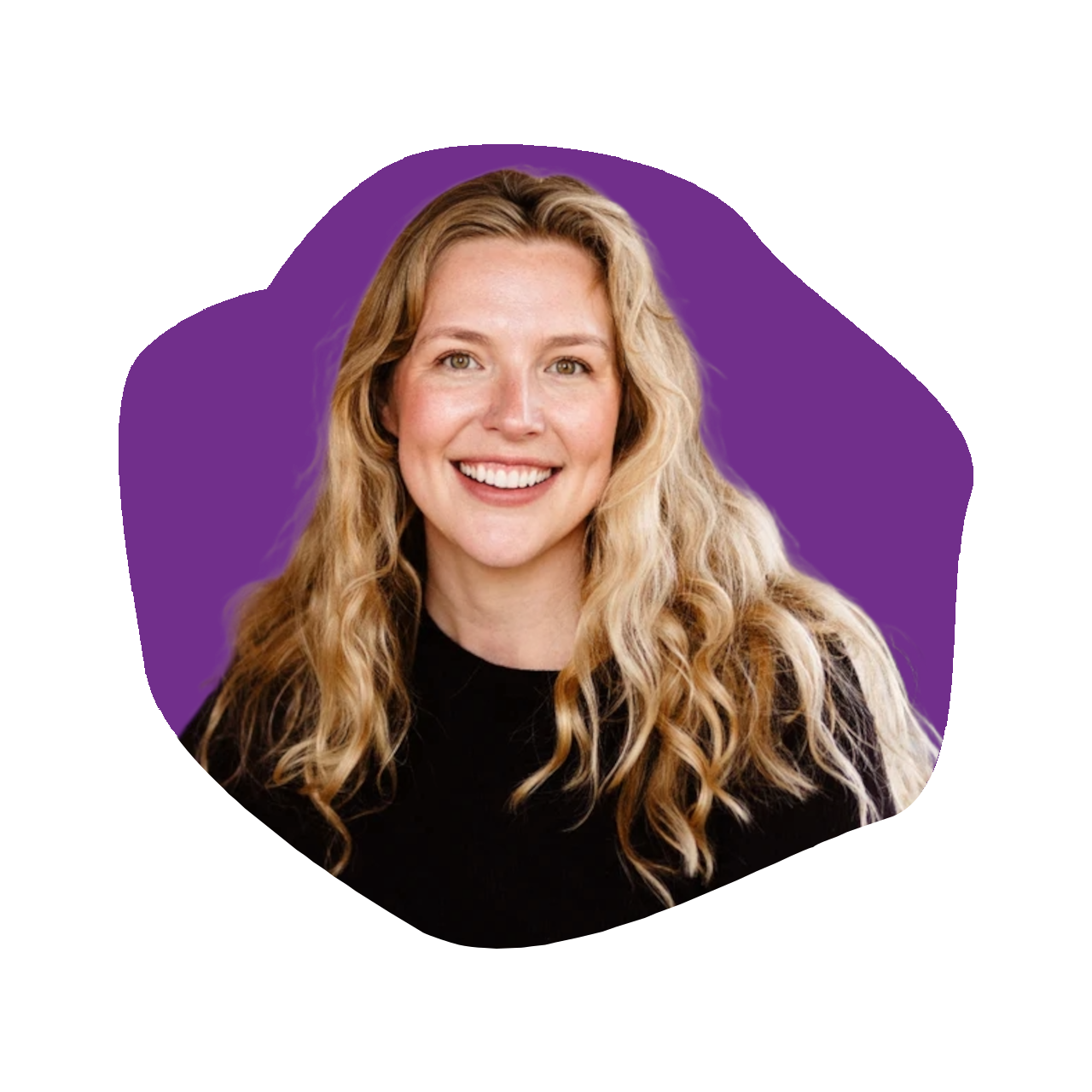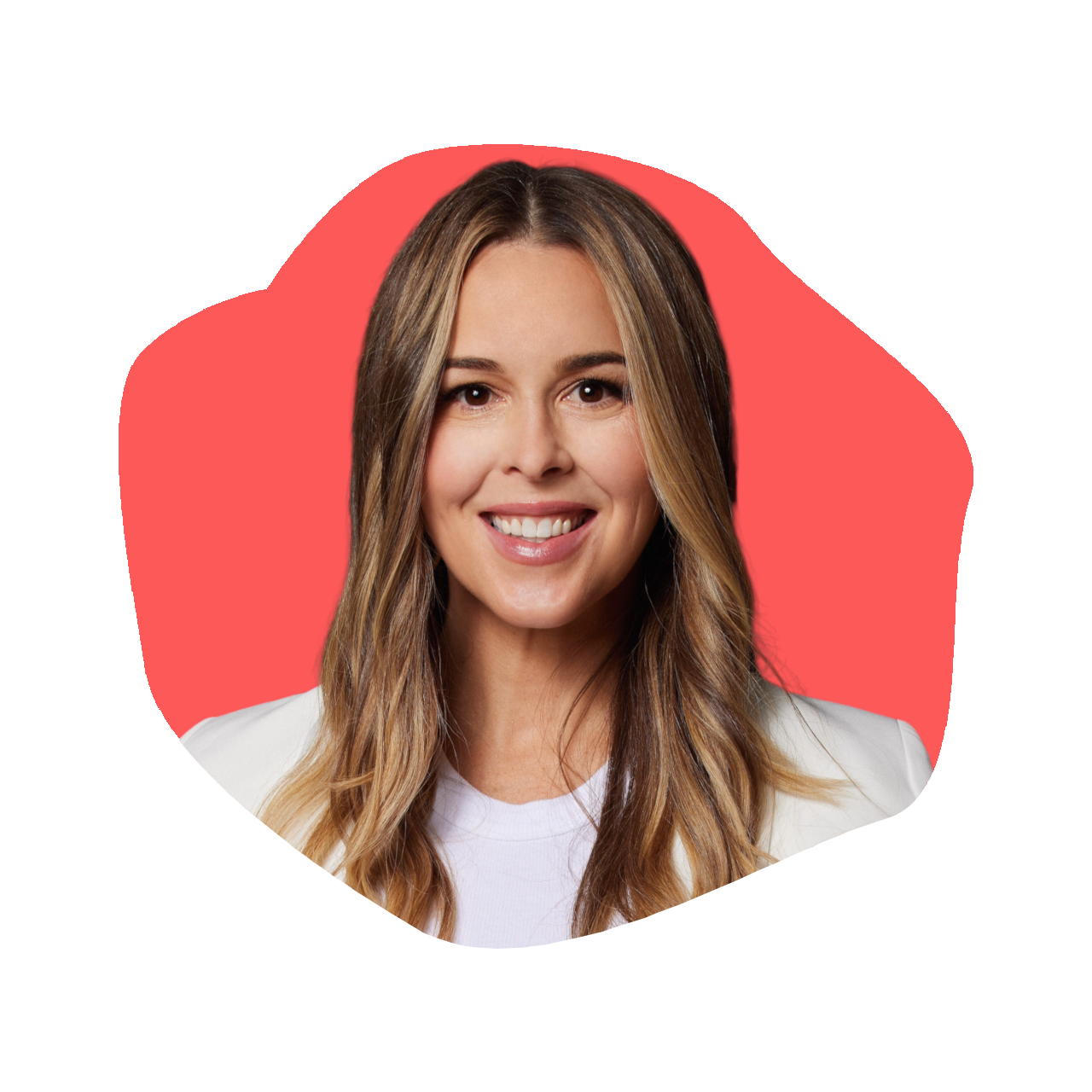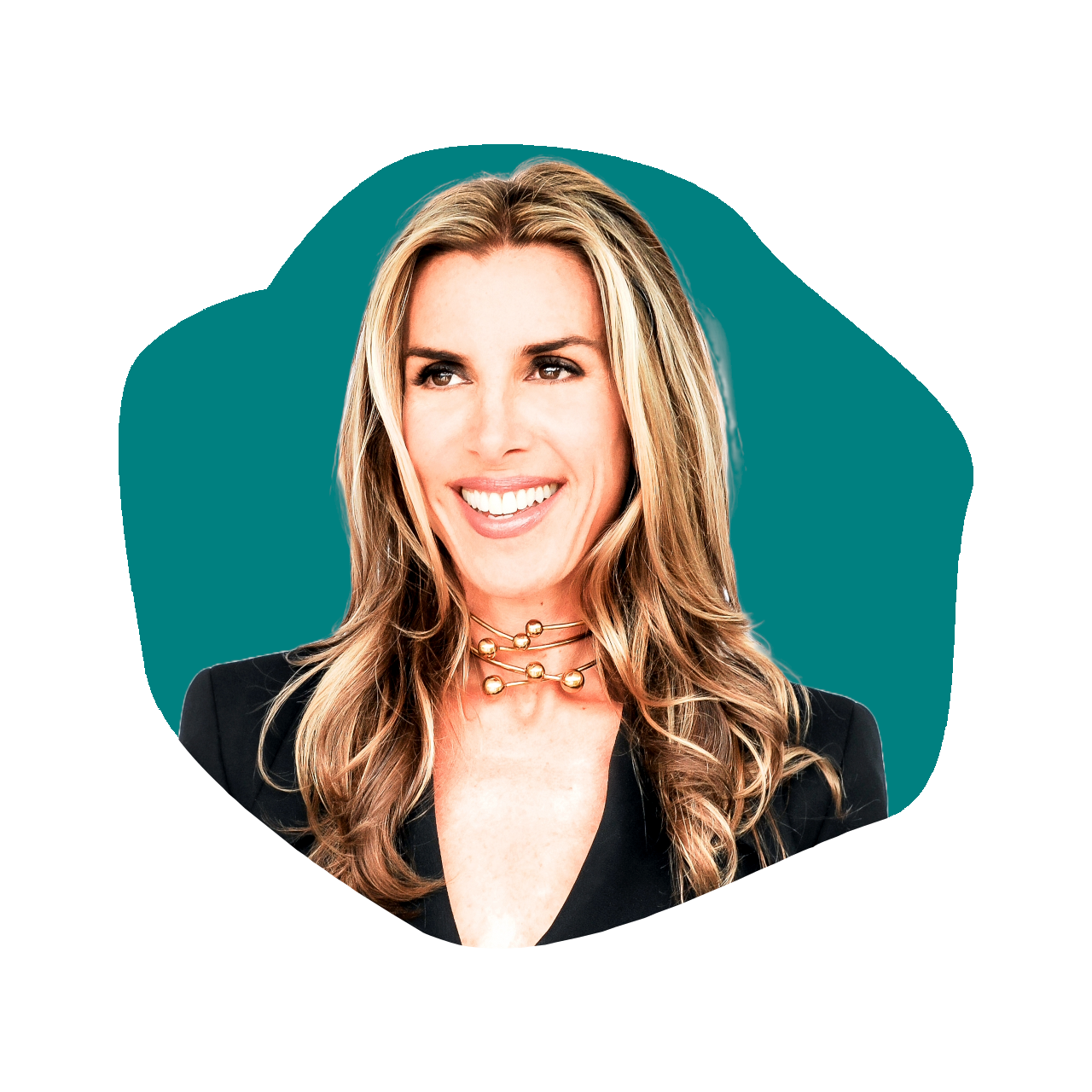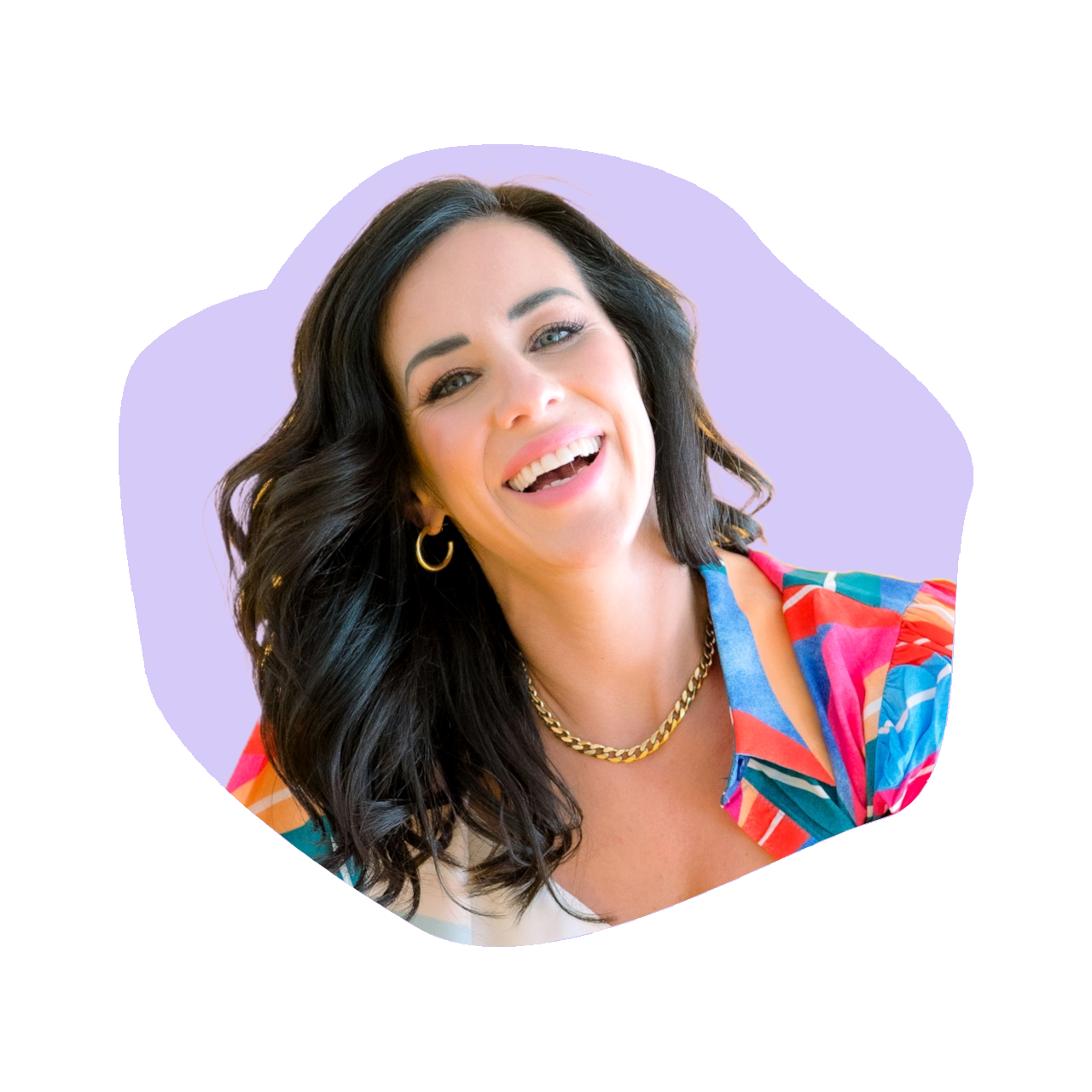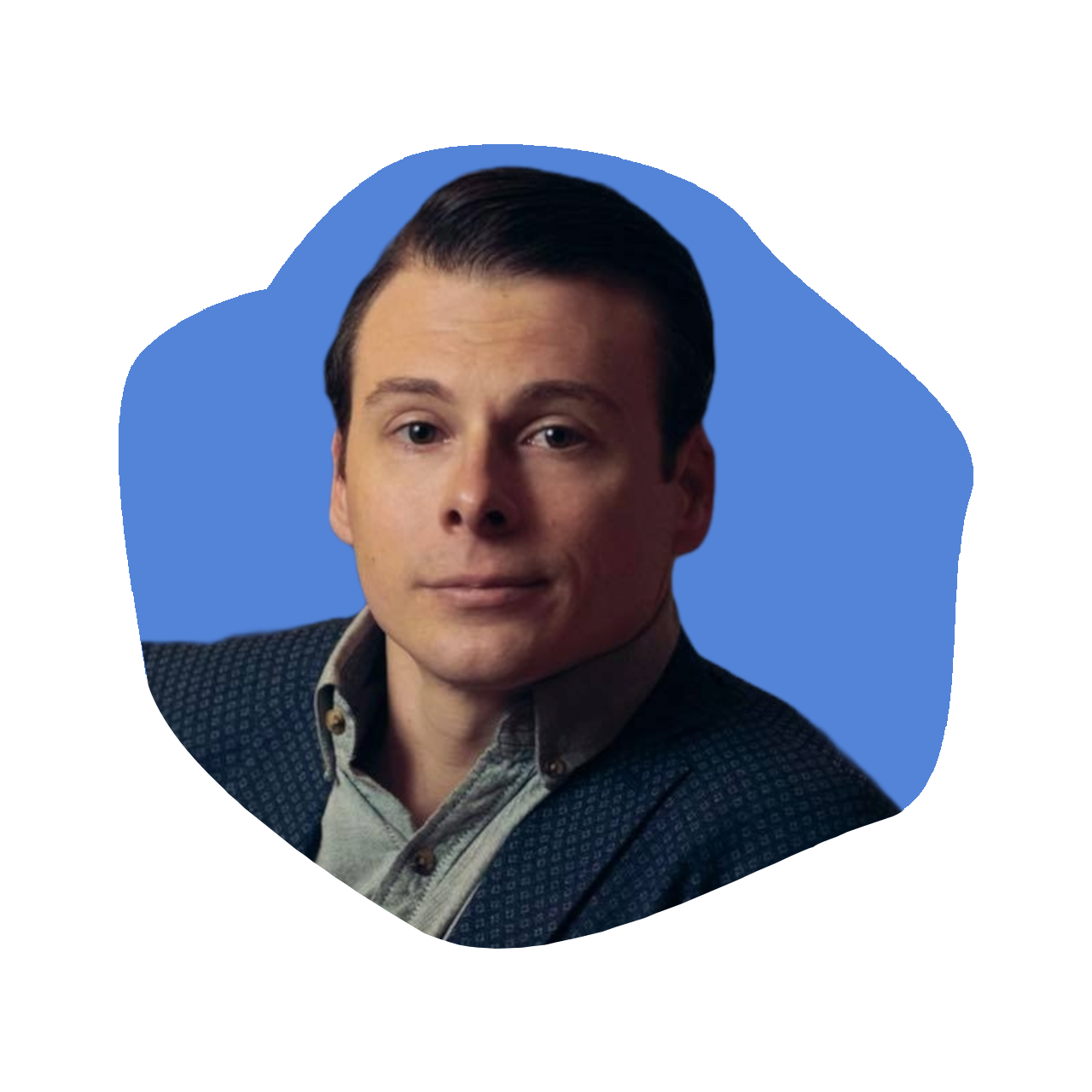Tina Hay – Seasoned Entrepreneur and Founder and CEO of Napkin Finance
Episode 44
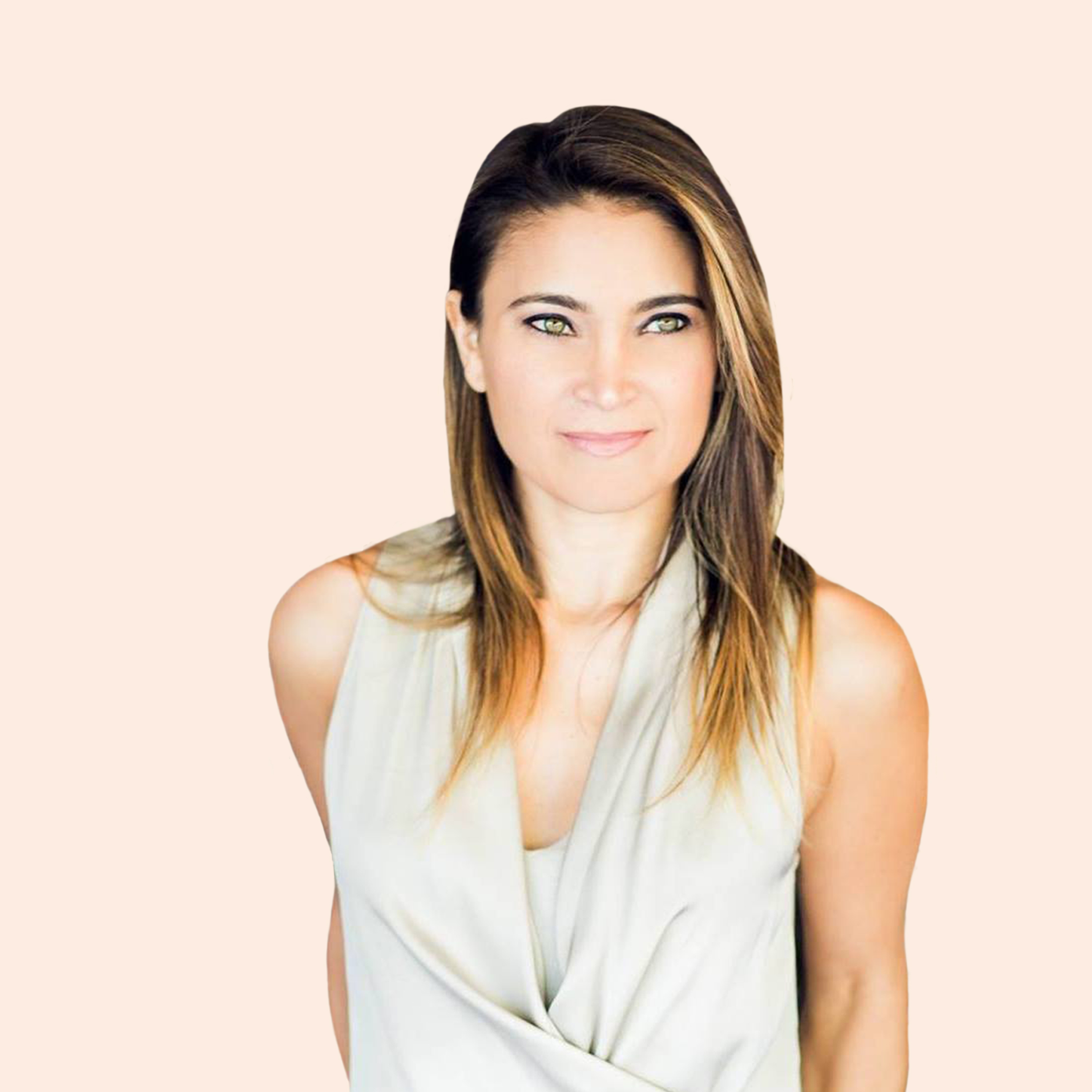
Resources from
this episode:
Transcript
Kara Goldin:
Hi everybody. It’s Kara Goldin from Unstoppable. We’re very, very excited to have our next guest here today, Tina Hay. Hi Tina.
Tina Hay:
Hi. Nice to be here.
Kara Goldin:
Tina, I’m so excited that she’s here. Tina has just come out with a new book that we’re going to talk about a little bit called Napkin Finance. Also, she’s the Founder and CEO of that company as well. She’s a seasoned entrepreneur, actually comes from a great diverse background in film and technology and finance. She started her career at Miramax Films and then Paramount. She was the co-founder and president of CityTripping. I remember CityTripping, it’s awesome, and the Editor. She’s just done a lot of super cool things since then, including the Founder of Platinum Test Group. Is this right?
Tina Hay:
Yeah.
Kara Goldin:
We’ll talk more a little bit more about that as well. Then she also started and runs an environmental conservation group called All You Need is One, which I would love to hear more about that too. The book launched December 30th, is that right for the date?
Tina Hay:
Exactly.
Kara Goldin:
It’s called Napkin Finance: Build Your Wealth in 30 Seconds or Less. I would say that I got a minor in finance but I learned a ton from that book too and I loved it. It’s the first illustrated guide that makes finance fun and accessible. I know I shared it around our office, to a lot of our employees too, and people were like, wow, this is awesome, this is really cool. It’s really debunked the mystery behind a lot of the numbers and the phobic feeling that people get. That’s amazing. We’ll talk more about it, but I feel like the one thing that I think is super great is that you’re here and we’re actually doing a book signing tonight in San Francisco. In case you can’t be here, I said, will you come on so that we can just talk to people a little bit more about this? Welcome. Welcome. Very cool.
Tina Hay:
Thank you so much. It’s so nice to be here and very excited to talk about the book and all the new developments with the company and the platform and to see it out in the world, which is really exciting.
Kara Goldin:
That’s so cool. Take us back to the beginning of Napkin Finance. Where did you feel like this idea really came from?
Tina Hay:
The inspiration was my own struggles learning about money and finance. I come from a liberal arts background, then went to business school at Harvard and found myself sitting in class with bankers and consultants. I’m a visual learner as many people are. I always struggled with numbers and text and jargon and I found myself sketching out different concepts. Visual learning is a classic concept. Mozart, da Vinci, Freud, all use visual images to solve the problems that they were working on. I found that that really resonated with me. Then after graduation I did finance for a bit and real estate and then went back into technology. I started a platform for millennials and money, but a piece of it was Napkin Finance. It started with one napkin on compound interest.
What was really amazing was to see that it resonated with so many people, this visual learning, especially when it comes to money and finance since most people never learn in school or from their parents. What started with one napkin is now thousands of pieces of content and videos and illustration, storyboards and graphics. We’ve been working not only internally, we have a site napkinfinance.com. We work with banks and financial institutions to educate their clients. We’re an 80 million households now in the U.S. and abroad.
Kara Goldin:
That’s amazing.
Tina Hay:
We’re in Spanish as well. Then we also do a lot of pro bono work for schools, nonprofits. We worked with Michelle Obama when she was in the White House for her Better Make Room initiative. We’re working now with the U.S. Olympic committee helping athletes with their unique financial needs. That has been an amazing part of the company. We’re a for good for profit company. At our core, we always provided resources to other organizations or people who don’t have access to them. It’s been amazing to see how it’s resonated, and especially the visual learning which is really unique when it comes to money.
Kara Goldin:
Well, and I think it’s what people are talking about, just in education as a whole. I think you’ve really hit a home run and definitely. Walk through the creative process a little bit. How does Napkin start? For people.
Tina Hay:
Yes, it’s so interesting. The Napkin, we’re a digital platform, the content is mostly digital. What we do is we have a team of illustrators and designers and graphic artists, and then also financial experts that come together and create these napkins. The process is very interactive. We start with text, so we start with an article or blog. Then we distill what’s really important. We pull it out into napkin. Then from that we build a video and other graphics as well, but the napkin is the foundation for it. It looks like it’s very simple, but a lot of time goes into what’s not included in the napkin. Removing anything that doesn’t add to it so we can really get to what’s simple and unique in a very small form factor. The napkin forces you to be very focused on what’s important. We call it learning about money in 30 seconds or less because really a picture tells a thousand words and quickly absorbs in a way that reading an article never will.
Kara Goldin:
That’s awesome. If people spend 30 seconds on your site, what are they going to see?
Tina Hay:
Yeah. I mean, we’ve tested it. I’ve been tested and you know, going through a napkin in 30 seconds, you can quickly grasp the core idea. Again, in a visual way. What we do is we tell stories around different topics and themes. That is really engaging and really gets people’s attention. It’s entertaining and it’s fun and it’s more palatable than any other type of learning that we’ve found. What’s interesting is we are a digital company, we also now do printed napkins because we find people like touching and feeling things as well.
Kara Goldin:
I love your printed napkins, that’s so cool.
Tina Hay:
That’s been really fun to experience as well. It’s been amazing. The book has its own unique set of content that covers everything from budgeting and saving to cryptocurrency and game theory. We really cover everything we can in finance, taxes, credit, education finance. It’s a great overview of money and finance in a very simple visual way.
Kara Goldin:
You have a great idea for a company. I’ve seen that you’ve done partnerships with Michelle Obama. How do you think people get the word out about their company and what they’re doing? I mean, that’s a great example but I’d love to hear it from an entrepreneur or two, somebody who’s got a great idea. How do you get the word out?
Tina Hay:
I think my thoughts are, I mean, the reality is it’s expensive to pay for customers individually. Especially in our space where we’re working with, competing with banks essentially. We’re educational, but again, our clients, our customers and readers are the same. What we’ve been very lucky with is we’re working with banks where they’re carrying our content. We get attribution so it’s powered by Napkin Finance. Our best advertising is actually our content. It carries our name and so it’s been able to spread very organically so we don’t spend any money on marketing. We don’t have a sales team. We don’t have a business development team. Everything comes to us organically, which has been really amazing as someone who’s trying to grow a startup not to have to budget for that. Puts us in a position where we can spend more and more money on the creative content and our assets and building our library.
Kara Goldin:
That’s awesome. You’re partnered with JP Morgan for example. How would that work? Employees at JP Morgan can-
Tina Hay:
If you’re a Chase customer, you can go on to Chase on their learning and insights and you’ll see our videos and our content and our articles and blog. We’re creating content, and JP Morgan has been an amazing partner. We work with multiple banks and financial institutions, UBS, ARP, all age groups. What’s great is we’re purely educational and we’re transparent. We’re not selling any products. When we partner with a bank, we tell them our content and they know, and what they value is that we are advocating for the reader. We educate their clients. If JP Morgan wants to communicate or help teach their beginning investors about diversification, risk tolerance, we help them do that. It’s really a win-win. I think there’s a lot of marketing material out there, but really great educational content that’s not trying to sell you a product is really valuable.
Kara Goldin:
That’s a great partnership. That’s amazing. Every successful venture has a tipping point. Do you feel like you’ve hit the tipping point?
Tina Hay:
Yeah, I don’t know even where… It’s been so exciting. I mean, we’ve seen incredible growth over the last couple of years. It’s interesting being in a content business because content, sometimes I wish or I say like my next company I’ll have a product, a physical product you can touch and feel like one label, one product.
Kara Goldin:
There are some advantages to services.
Tina Hay:
Yes. Well, maybe the grass is always greener.
Kara Goldin:
Yeah, right?
Tina Hay:
Content is interesting because we still have a lot of opportunities ahead of us that I see that we’re just very much in our early phases. Education as I mentioned before is a big initiative for us is helping people and helping younger people. We’re at the point right now where we have a lot of opportunities in front of us and we’re deciding the next step to grow the company and scale. The hardest part is saying no to different projects. That’s where we are right now.
Kara Goldin:
Staying focused.
Tina Hay:
Exactly. Staying focused and saying no, and really putting our time and effort into a few interesting opportunities.
Kara Goldin:
How many people do you have in the company now?
Tina Hay:
We’re about 25 people now.
Kara Goldin:
Wow. Good size.
Tina Hay:
We’re small, but everyone hustles and we work very hard. We’re building a lot of content and so we’re growing every day. It’s been really exciting.
Kara Goldin:
That’s awesome. That’s great. The book, so the book comes out and who is this book for?
Tina Hay:
The book, it’s interesting. There’s no age window for financial education. Sometimes people talk about the next generation, but we find the next generation can be younger people, it can be older women. We connect with a lot of people who’ve never thought about their finances or may find themselves divorced or widowed or in certain situations where they have to take control of their money and finances. We’ve worked with everyone from ARP. We’re now doing a show with NBC Learn, which is a division of NBC News for kids. The visual aspect of it makes it very much relatable for different ages. In the book, what we’ve noticed is people are buying it for themselves or for their kids, giving it as a gift. It’s been amazing to see that it has such broad appeal, which is really amazing and wonderful.
Kara Goldin:
I love it. No, I think that’s great. Do you feel like there’s, I mean obviously the NBC show, but is there a focus on kids? I mean, do you think it’s a natural organic focus? It seems like you’ve got a buyer that is buying it for kids.
Tina Hay:
What’s interesting is we get a lot of requests from parents who are like, how can I teach my kids about money? Or like, why is this not taught in school? Working with schools is a really complicated, challenging project for a startup. The question is, how do you get to kids and reach them in a way that’s impactful and also helpful? We’re figuring that out right now. I mean, the idea of helping kids is really amazing for us. Again, I mentioned before, we do a lot of pro bono work, so women and young girls are a big focus of that too because I feel like they get left behind when it comes to money and finance and don’t really participate in investing and really having more a longterm perspective. That’s an exciting area for us is helping younger women really become more financially stable and empowered.
Kara Goldin:
Now I think that’s important. I was listening, actually one of the banks had a private wealth advisor that was at this conference that I was at. She was talking about how today women actually live longer yet unfortunately they let the husbands handle the financial conversations. When they’re actually in a situation where they’re trying to figure out assets and trying to figure out exactly what’s going on, the education component is so big. Right? It’s a tough thing like I can only imagine, it’s not just for younger women, it’s also for every stage.
Tina Hay:
Definitely. Women are just generally more risk averse and find it more difficult to trust people with their money and to make decisions. Interestingly, studies have shown that women are actually better investors and have a more longterm perspective and more patient, but are also just much more careful and cautious and more savers, which works against them. I don’t know, hopefully things are changing. More women are investing and planning ahead, but oftentimes it is something that is passed along for someone else to take care of, which can be a big problem later in life.
Kara Goldin:
Yeah, that’s super, super interesting. When you funded this, did you take VC money, Angel money along the way?
Tina Hay:
We bootstrapped the company. We’ve never taken outside funding. We’re profitable but because we have these partnerships with banks and financial institutions, we will be raising a larger round as we scale. Being self-funded has had its benefits. There’s been a lot of flexibility to experiment and do things that we otherwise probably couldn’t do. But it definitely has its issues as well and challenges. We don’t have a lot of money to throw into marketing or into technology the way that I would like to, but it’s been really interesting and we’ve had to be very disciplined with every step we take.
Kara Goldin:
Well, to even get to be 25 people. I mean, that’s amazing. That’s amazing.
Tina Hay:
It’s been fun.
Kara Goldin:
Yeah, and this book is just really, I mean…
Tina Hay:
Yeah, we’re Wall Street Journal bestseller.
Tina Hay:
New York Times reviewed us and they said it was the best personal finance primer.
Kara Goldin:
Yeah, which is amazing.
Tina Hay:
Which it’s so wonderful to hear.
Kara Goldin:
I mean, that is such a huge, huge…
Tina Hay:
Yeah. We’re all very excited.
Kara Goldin:
Big deal. Yeah, I know, that’s amazing. You’re selling on Amazon.
Tina Hay:
Yes, we’re everywhere books are sold. The Napkins, those are more internally we’ve been working, we’ve been using them more for marketing efforts but we’re hoping to have more physical products out soon.
Kara Goldin:
I love it. Well, I’d love to see you speaking more on this topic because I think that the more we can talk about finance too, especially being a female founder too, I think it’s super, super important. I have four teenagers and so I’m always like, I have two girls and two boys. I see it in my kids that it’s like the girls got really turned off by finance early on.
Tina Hay:
It’s so interesting.
Kara Goldin:
It is. They were good at it but they just lost interest in it. I really think that we need to bring it back into school. I think also just the whole concept of visual learning too, why can’t we bring it back in and talk more about how people learn?
Tina Hay:
Definitely.
Kara Goldin:
You know, versus like saying, oh women just don’t get it.
Tina Hay:
Definitely. The issue is women also don’t talk about it with each other. It’s not part of the conversation. I think women are incredible investors and very good at planning and being organized about these things. It’s nice to see a shift where they are becoming more active and also taking advantage of technology and tools where you don’t necessarily have to go through a broker or financial advisor. Things are definitely changing and it’s exciting to see women being more proactive.
Kara Goldin:
Yeah, I love it. I always ask, well, I ask people two questions. What’s your favorite Hint flavor?
Tina Hay:
Blackberry.
Kara Goldin:
That was easy. Easy question. Then what makes you unstoppable?
Tina Hay:
I think what makes me unstoppable is I have perseverance. I think I just don’t stop. I also truly believe if someone else can do it, why can’t I? I grew up with that. My parents taught me that. It’s maybe delusional sometimes. I think to be an entrepreneur you have to be slightly delusional because it’s just the chances of making it are slim to begin with. But you know, you’re building a product and there’s no guarantee of anything. I think for me, I’ve always just thought, if other people can do it, so can I. I just never believed that it’s not possible.
Kara Goldin:
I love it. I love it. My book is coming out, as you know, in October. It’s about-
Tina Hay:
I can’t wait.
Kara Goldin:
People breaking down walls and just going out and doing it and trying. I think you’re such a perfect example of that. Also, finding your passion and finding what really makes you think. I would say one other thing about your unstoppableness is that I feel like you’ve had this journey that a lot of people are on or maybe even at different stages of the journey, but you were in film and media. Then you went on to business school, you didn’t really understand finance and now you’re running a company that is really speaking about-
Tina Hay:
It’s so fascinating. I mean, I’m actually such an outsider, which actually makes it perfect because I can speak to the lay person in a way that a bank or an advisor can’t. I think being an outsider has been really helpful.
Kara Goldin:
You’re a customer of this.
Tina Hay:
Exactly.
Kara Goldin:
You’re like, you wish this product was here and it wasn’t.
Tina Hay:
Exactly, yeah.
Kara Goldin:
I think that that is something else for people to really take note of is that not everybody has it all figured out in their first job or their first venture or whatever.
Tina Hay:
For sure.
Kara Goldin:
You never know what will happen as you move on. Sometimes the scariest things to people are the ones that you ultimately want to conquer. Right? I feel like there’s a big story about that.
Tina Hay:
Yeah. The beauty of it is that is you just never know how your business will evolve. I mean for us it’s just, I would never have predicted I’d be in finance and content education, but it’s been amazing to see what has resonated and what people want. Being able to give people a product that helps them and excites them and is fun and engaging is like such a reward. I could never have started this company knowing that this is where we’d end up, which is the beauty of it.
Kara Goldin:
I love it. It’s so great. First of all, where do they find Tina Hay? But also, napkinfinance.com is the website.
Tina Hay:
Yes, exactly.
Kara Goldin:
Then the book is, where’s the best place?
Tina Hay:
Amazon, but everywhere books are sold. Then the company is at Napkin Finance on all of our social channels. I’m @tinajhay on social.
Kara Goldin:
I love it. I love it. Great. Well, thank you so much for coming today. Super fun.
Tina Hay:
Thank you for having me. It’s been really, really fun to chat.
Kara Goldin:
Awesome.





